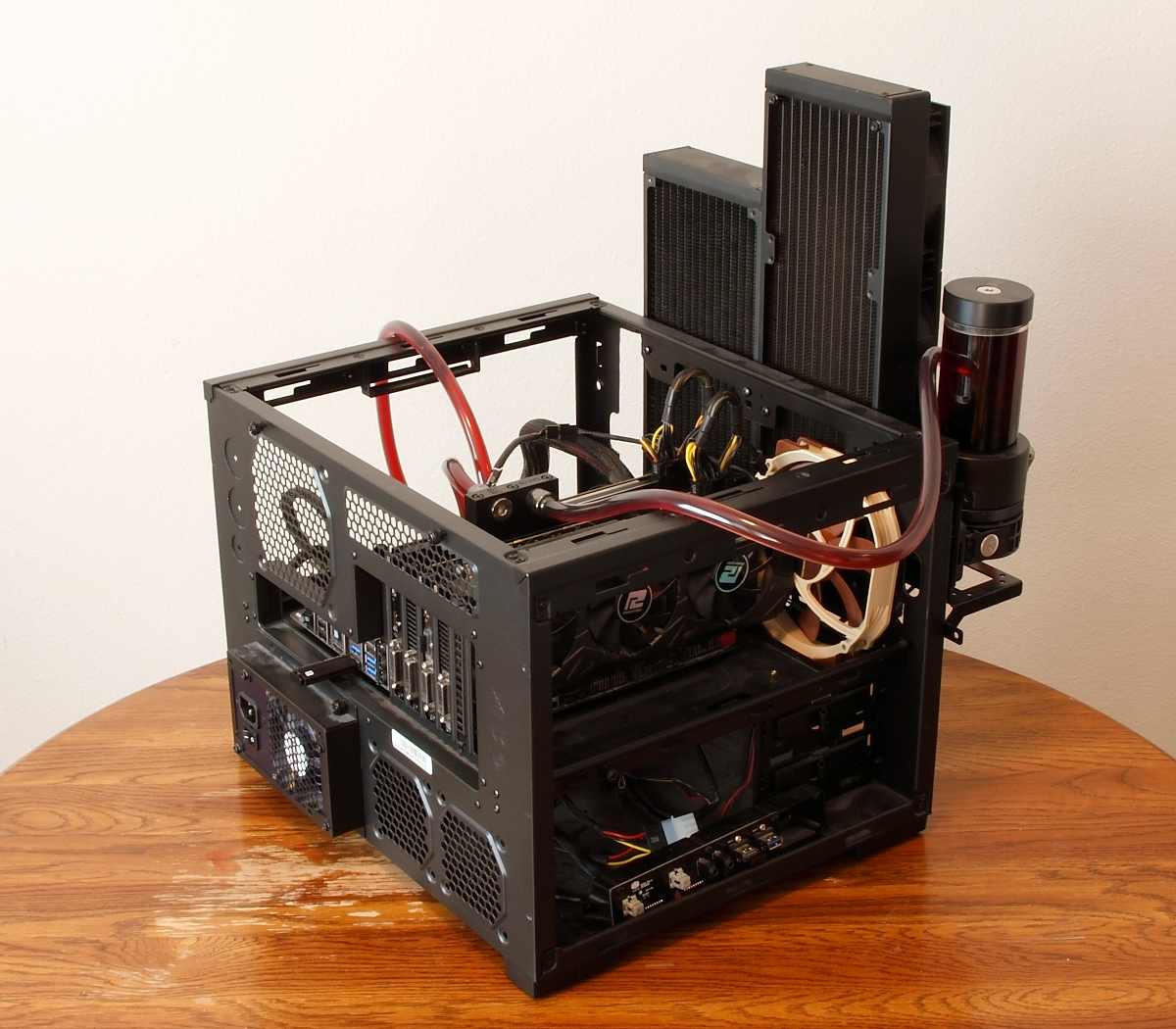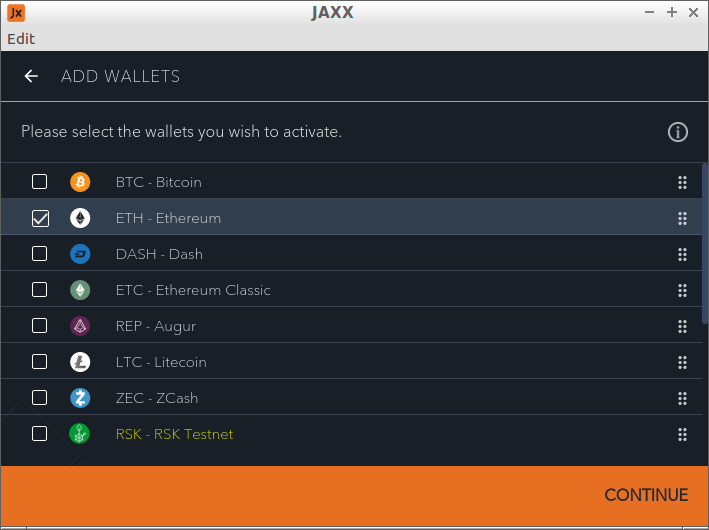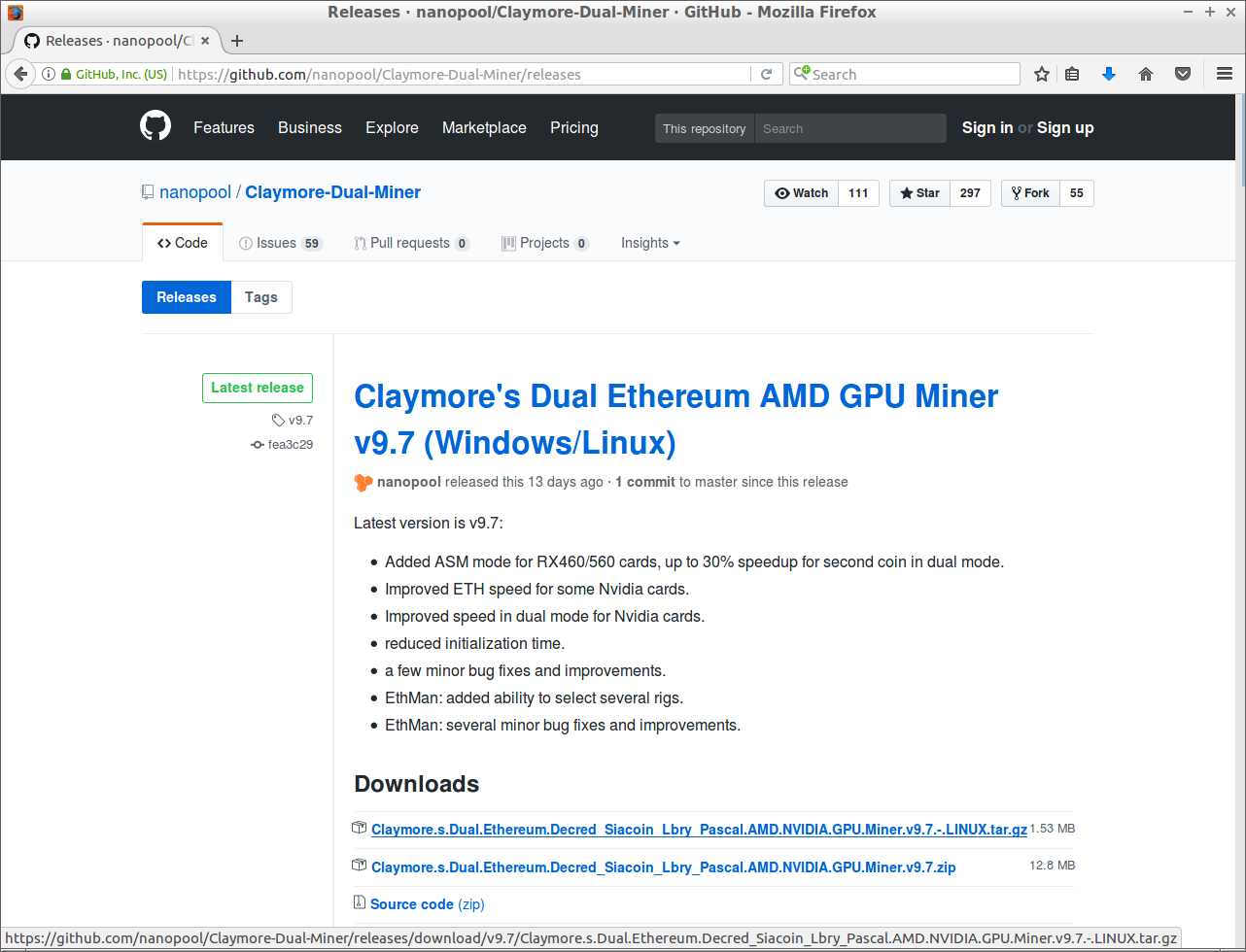How To Mine Ethereum Now
Introduction
Crypto mining has become a divisive issue. Miners gobble up popular graphics cards by the armful, depleting inventory and driving up prices. Gamers are left to pay exorbitant prices, sometimes as much as double, even for mainstream GPUs. A little animosity between the two camps is therefore understandable.
But even on the pragmatic side, cryptographic mining never made much sense to me. The profit margin is often so short-lived that by the time the average tech enthusiast hears about it, the bubble is ripe to burst. Once a mining algorithm moves to application specific integrated circuits (ASICs), it's impossible to compete otherwise. Even if the crypto currency du jour doesn't go ASIC, the mining pool can get saturated, and anyone without a quad-GPU farm (or better) may as well be trying to get to the moon with a sliderule (wait, we did that . . .).
But does that mean Ethereum mining is unprofitable for newcomers? Can you start mining at minimal expense? How about with no start-up costs at all?
The Idea
The recent drop in Ethereum's monetary value combined with the vastly increased mining difficulty has severely decreased the profit margin. It's certainly past the point where anyone buying a new, dedicated mining rig will see a good return on investment (ROI). Even if you spent a relatively meager $1200 on a new setup, you'd need to net at least $100 a month for a year to just break even. Ethereum's volatile nature and pending shift to a proof-of-stake model makes it unpredictable. Only the most desperate or foolhardy would buy new mining equipment at this point expecting to make a profit. So let's look for another attack vector.
The key to faster returns is minimizing initial costs. Unless you can get someone to pay you to take GPUs off their hands, the best you can hope for is free. Much as we may wish it, merchants don't give their merchandise away, and not everyone can expect to win raffles and prizes. But old components sitting on a shelf don't cost anything. With a little luck (and apologies to Dire Straits), you can go mining for nothing, bits for free.
Gamers and computer enthusiasts upgrade their systems more than just about anyone. Motherboards, CPUs, and graphics cards sitting around after an upgrade are the perfect starting points for a hobbyist mining machine. You've already paid for these components and extracted value out of them. What's more, you know their history and how well they've been cared for, which isn't necessarily the case when buying discount used parts on eBay. With sufficient leftovers, you should be able to cobble together a competent mining machine, even if it's not terribly impressive.
The GPU is still the biggest factor in determining mining performance and which card you have matters greatly. AMD cards are still king in total mining performance, just as they were in Bitcoin's early days. Nvidia microarchitecture (through Maxwell) wasn't focused on general purpose computing like AMD's Graphics Core Next. Actual hash rates will vary between different mining software, operating systems, and drivers, but even a GTX 980 Ti can't keep up with, say, an older mid-range AMD card. Nvidia has made changes in Pascal that make 10-series cards quite capable miners. Then again, if you're using a recent generation Nvidia card for mining, you're more likely mining on the side with your current machine rather than making a dedicated mining system out of spare parts.
Get Tom's Hardware's best news and in-depth reviews, straight to your inbox.
Mining Ethereum at this point requires a 3GB GPU because of the size of the DAG file. DAG stands for Directed Acyclic Graph and is essentially a database of the existing blockchain. In order to mine the next block, your hardware needs to be aware of all the existing blocks. As of this writing, the DAG is just over 2GB, and it only gets bigger with each new step, which happens at least once a week. The vast majority of miners load the entire DAG into VRAM. Without sufficient capacity, the GPU can't even begin mining operations.
MORE: The Ethereum Effect: Graphics Card Price Watch
MORE: Best Graphics Cards
MORE: Best PC Builds
Current page: Introduction
Next Page The Components You Need To Build A Low-Cost Ethereum Mining Rig-
rush21hit Us mere mortals wouldn't have an R9 290X level of card lying idle. Heck, suppose we do have unused GPU it would be something from 2 gen before it and a mainstream oran entry level card of its time at that, at the very least.Reply
That said, I do have HD7750 and HD6670 on a closet somewhere, only its from HIS with a common HIS problems; the fan.
So suppose anyone does have some mainstream or high level card at least the level of HD5850, as an example, they'd still faced with power bill issue, which in some case outweigh the profit. As we all know how much of a sucker old gens are compared to what we have now. That is assuming they are somehow emotionally attached to it and not decided to sell it, even after buying later gen.
This article still has a point. But a very unlikely one. -
Neuspeed This article didn't address the mining difficulty of Ethereum. At this point, is not a good idea to mine ethereum unless people have hash rates in the GH/s or at least MH/s. It's better to mine other alt coins such as: XMR, LTC, and many others. Overstock.com will now accept 40+ different Altcoins as form of payment. Won't be long before other companies do as well.Reply -
RedJaron Reply
I think you read this wrong. I didn't write this saying "These are the exact steps and parts list you need." It's simply saying, "Here's a basic idea you can possibly adapt to your own circumstances." No, not everyone has a 290X in storage. But a lot of people do. My current "leftover" GPU is an R9 280. That's plenty strong for some hobbyist mining.20050808 said:Us mere mortals wouldn't have an R9 290X level of card lying idle. Heck, suppose we do have unused GPU it would be something from 2 gen before it and a mainstream oran entry level card of its time at that, at the very least.
All of which I cover fairly extensively in the last page, or did you not bother reading the whole thing?20050808 said:So suppose anyone does have some mainstream or high level card at least the level of HD5850, as an example, they'd still faced with power bill issue, which in some case outweigh the profit.
You're attributing much too broad a brush to people. There are plenty of reasons to keep around leftover computer parts, other than sentimentality. You might want a backup incase your new hardware gets damages, is a lemon, etc. You might hang on to some stuff because you've got friends or family that might want it when they finally decide to ditch their current dinosaurs.20050808 said:As we all know how much of a sucker old gens are compared to what we have now. That is assuming they are somehow emotionally attached to it and not decided to sell it, even after buying later gen.
Never said it didn't have a few restrictions, was only saying it is possible.20050808 said:This article still has a point. But a very unlikely one.
Actually, I did talk quite a bit about the rising hash difficulty. Did you not read the last page? Did you not see on the front page where I talked about the ballooning DAG files making it harder to use older mainstream GPUs ( since most of them are 2GB VRAM or less )?20050892 said:This article didn't address the mining difficulty of Ethereum.
You don't need a GH/s rig to do it, as I've already demonstrated. It may not be hugely profitable, but you can make a little at it even using something as lowly as a 4GB 1050 Ti.20050892 said:At this point, is not a good idea to mine ethereum unless people have hash rates in the GH/s or at least MH/s.
Too true. Just ask Sylvester McMonkey McBean.20050951 said:As with every gold rush. The real profit lies in selling shovels. -
g-unit1111 Reply20050951 said:As with every gold rush. The real profit lies in selling shovels.
Yup those that got rich are the ones selling the mining equipment! :lol: -
10tacle As much as I despise miners and the very idea of cryptocurrency, I found this article interesting and a little enlightening why people are getting into it late in the game. Even if ETH crashes and burns tomorrow, eventually there will be another to take its place. I don't see this cycle changing anytime soon either unless governments get involved and start banning mining in their nations.Reply -
10tacle Oh and one more thing: not all is bad for we PC gamers. Those of us who have previous generation GPUs have enjoyed watching the values of said cards go up. A friend of mine sold his 8GB RX 470 for $320 on eBay last month, or nearly $100 more than he paid for it. I sold my SLI pair of GTX 970s for $420 or about $120 more than they were worth combined a few months ago. We both upgraded to a GTX 1080Ti with the spoils.Reply -
derekullo What about integrated graphics cards?Reply
From what I'm reading the Intel HD Graphics 630 can address up to 64 gigabytes of ram allowing you technically keep mining even after the Geforce 1070 is forced out when the DAG finally exceeds 8 gigabytes.
Or is there hash rate efficiency not high enough to offset the electricity used for the Intel HD Graphics 630?
My reason for asking is I have a lot of computers not being used but without graphics cards. -
Math Geek thanks for the article. i'll be pointing the 100 users a day in the forum asking about getting into mining toward this article. good basic info that can be easily adapted to individual users.Reply


